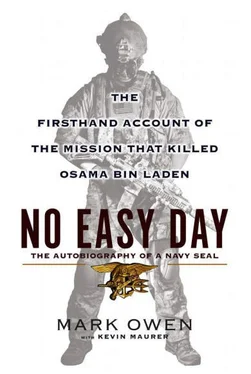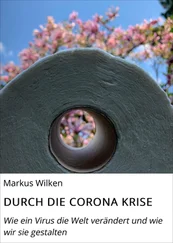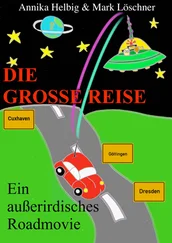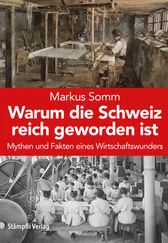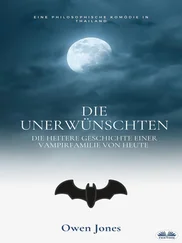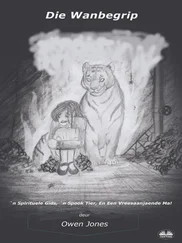It was close to dawn when I was finally done. Since we worked vampire hours—sleep all day and work at night—most of the guys were racking out. The room had a couch and a TV. I grabbed a cup of coffee and was watching TV when Jon came over.
“We’ll get you plugged in tomorrow,” Jon said. “Let me know when you need anything.”
“Thanks,” I said.
“We’ve been busy,” Jon said. “This was a rare day off. I’m sure we’ll be out tomorrow night.”
There was no easing into it. Most days, I’d get up in the afternoon and wander out to the pool with my iPod speakers. I’d chill to some Red Hot Chili Peppers or Linkin Park while I stretched out on an air mattress. I’d float a while, getting some sun and relaxing. One of my teammates started to take care of the grass around the pool as a hobby. In a country of sand and dirt, having a little grass to walk on was a real treat. Some days, I could smell fresh cut grass as I floated.
Then I’d eat breakfast and work out in the gym or run. I tried to get to the range as many times a week as possible. By dusk, missions would start spinning up and we’d knock out one operation, two if we were lucky.
I was part of the “roof team,” which meant we rode on pods above the skid on an MH-6 Little Bird. We would land on the roof of a target compound and then assault down. The rest of the force would arrive in armored vehicles and clear the ground floor and assault up.
The Little Bird is a light helicopter used for special operations in the United States Army. It has a distinct egglike cockpit and two pods or bench seats on the outside. On the “attack” variant, the pods or seats are replaced with rockets and machine guns.
Pilots from the 160th Special Operations Aviation Regiment (SOAR) flew the helicopters. The 160th Special Operations Aviation Regiment flies most of the missions for JSOC. We’ve worked together for years and the 160th pilots are the best in the world. Headquartered at Fort Campbell, Kentucky, the 160th SOAR (Airborne) are known as the Night Stalkers, because almost all of their missions are done at night.
I’d worked with Little Birds briefly in Green Team, but in Baghdad I found myself perched on the skid almost every night as the city passed underneath me in a blur.
It was past midnight a few nights after I arrived, and all I could hear was the roar of the engine and the wind. At seventy miles per hour, the wind battered me as my feet dangled off the side of the seat. I knew calm, clear decision-making was the key. But that was hard when it felt like I was riding a roller coaster into a fight.
I tightened the sling on my gun, keeping it pinned to my chest, and checked the safety lanyard that would hopefully keep me attached to the helicopter in the event I slid off my seat. Sitting on the pod, I could see the other Little Bird on our right flank flying in formation in the green hue of my night vision goggles. From the other helicopter, one of the Delta guys saw me looking and flipped me the bird. I returned the salute.
On this hit, we were after a high-level weapons facilitator, just another link in the chain funding the insurgency. He was holed up in a cluster of two-story houses near the center of the city with several fighters and a large weapons cache. Our team was tasked with flying via Little Bird to the roof and assaulting down. Another team would come via a Pandur, an armored truck with .50 caliber machine guns and Mark 19 grenade launchers. They’d wait about half a minute for us to breach the roof door, creating a diversion, before they would breach the bottom floor and we’d clear our way to the middle.
Below me, the city stretched out in a tangle of roads and alleyways built around clusters of squat buildings. Every once in a while, the city would open up into an abandoned lot choked with trash. I was at the front of the pod near the cockpit. On the opposite side was Jon.
“One minute,” I heard the pilot say over my radio. He calmly pointed a single finger out his door and in front of my face to make sure I got the call.
From my position, I could see the copilot pointing a laser at the roof of the target. Night after night, the pilots managed to navigate to the exact rooftop through a sea of thousands. I had no idea how they did it, since everything looked the same to me from above.
I could feel the helicopter start to descend toward the empty rooftop. Coming to a hover, the pilot was able to perform a lip landing by placing the skids on the edge of the rooftop. Instead of fast-roping, we stepped onto the skid and then jumped to the roof. In less than ten seconds, the whole four-man team was on the roof and the Little Bird was gone.
Racing to the door, the breacher set our charge and blew it open. Seconds later, I heard the charge blow on the first floor followed by shots being fired.
Jon was up front as we started down the stairs.
“We’re on the wrong roof,” Jon said, only a few steps inside.
The shooting was coming from the house next door. I heard several small explosions that had to be hand grenades as we ran to the corner of the roof.
“We’re one building too far,” Jon said. We moved to see how we could support our teammates in the building next door.
The houses looked the same from the air and for the first time the pilots had inserted us on the wrong one. We had approached from the south and landed on the building just to the north of our target.
“We need to move to the adjacent building,” Jon said. “We’re not useful staying here.”
The adjacent building was east of the target and three stories tall, which allowed us to cover down at the target house.
“We’ve got an eagle down,” I heard over the radio. That meant someone had been hit.
It turned out one of the Delta operators was shot in the calf. Others had been peppered with shrapnel from the hand grenades.
Insurgents in the house were throwing grenades down the stairwell, slowing the operators’ advance as they finished clearing the first floor and moved toward the second.
The ground team started to work a medevac, and pulled back away from the stairs. We were able to race around the block and clear the three-story building to the east of the target.
Explosions and gunfire echoed through the buildings. From the roof of the building, we started to scan for targets. I could see IR lasers tracking over the windows of the compound as my teammates looked for targets. Every few minutes, one of the insurgents would stick an AK-47 out of the second-floor window and unleash a long burst.
“ Allahu Akbar ,” they’d scream after spraying rounds down at the assaulters below.
It was a stalemate. The team on the ground couldn’t run up the stairs, and there was no way we could get on the roof to fight down. Over the radio, I heard calls to an Army mechanized infantry unit ten blocks away. The soldiers were providing the outer ring of security.
We always liked to have two rings of security. This night, the near ring was a squad of Rangers, who set up on the corners of the target area. A mile beyond that were M1 tanks and Bradley Fighting Vehicles, which were armored personnel carriers with a 20mm turret gun.
“Bring up a Bradley,” I heard over the radio.
I could hear the Bradley’s tracks chewing up the asphalt as it approached the house.
“I want you to level the second floor,” the assault leader yelled to the Bradley’s commander perched in the hatch on top of the turret.
Smashing through a stone wall on the south side of the house, it stopped in the courtyard and unleashed a short burst from its 20mm cannon. The rounds easily smashed through the walls of the second floor, tearing large gashes in the concrete.
Pulling back, I saw the assault leader run up to the Bradley.
Читать дальше
